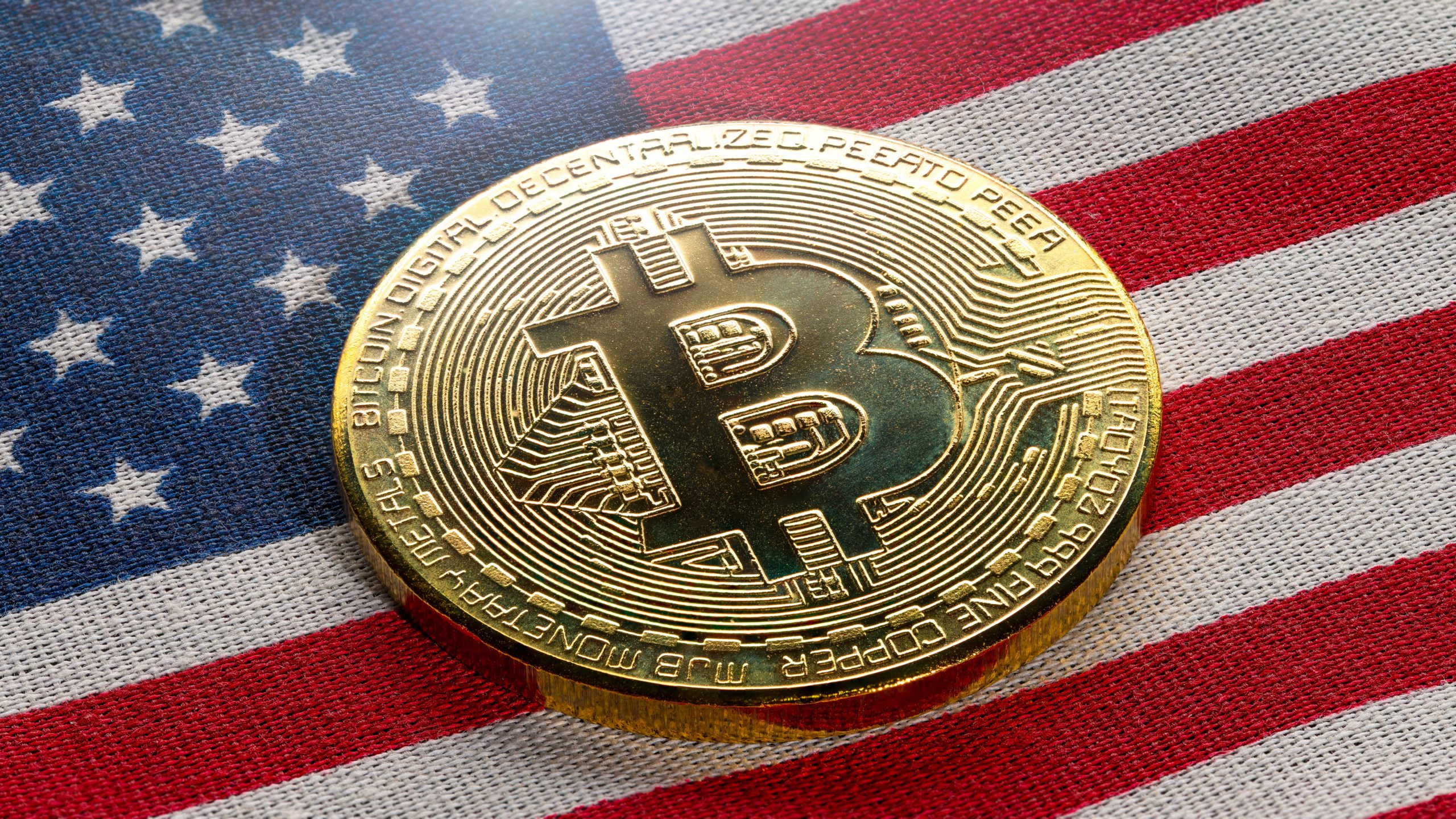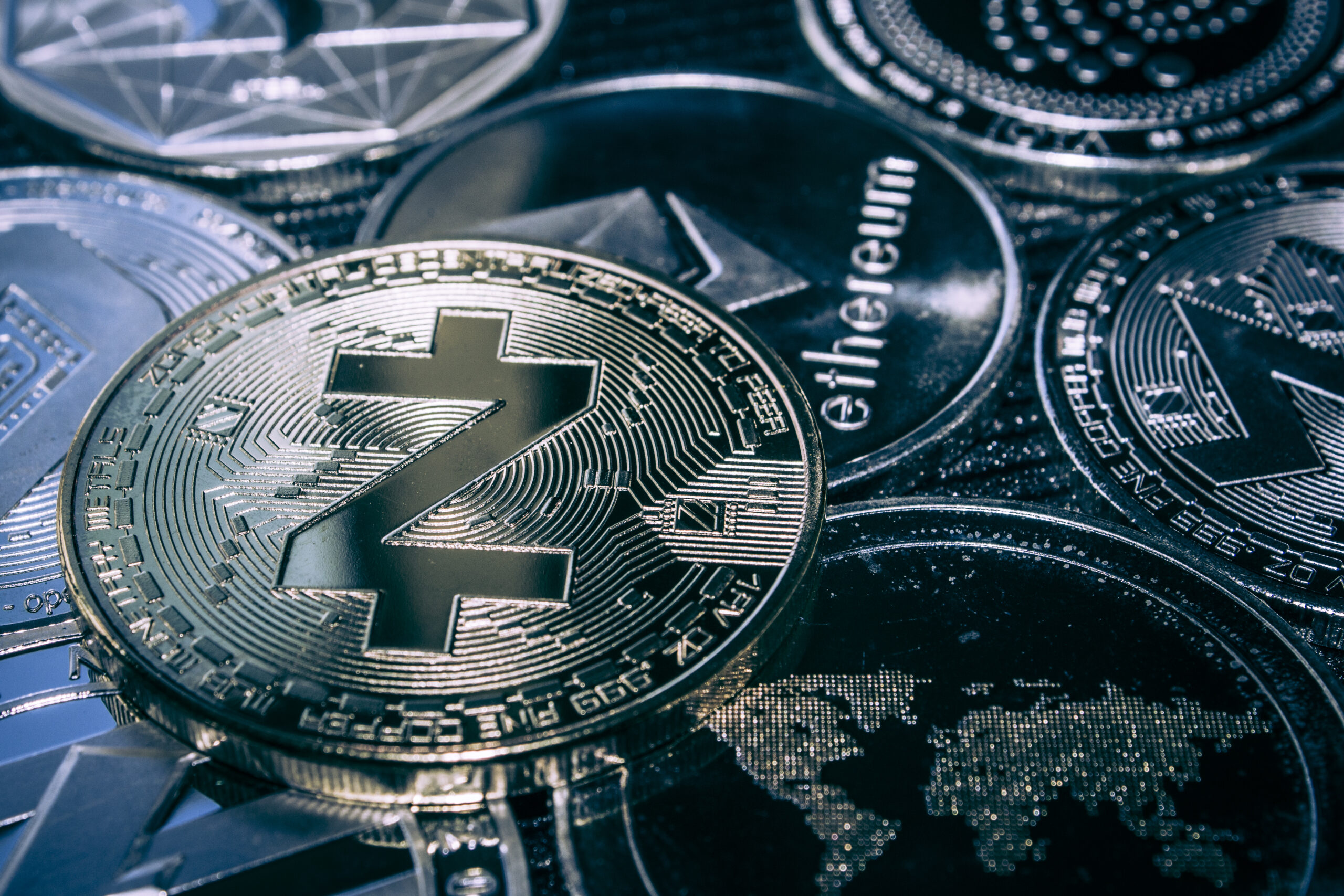Get ready for major network improvements and the early days of Solana treasury companies.
Institutional interest is heating up
First, it was Strategy, Metaplanet, and other companies rapidly accumulating BTC to boost Bitcoin treasury reserves, a whopping 990,000 BTC (~$107.3 billion).
In recent months, we’ve seen Bitmine, SharpLink Gaming, The Ether Machine, and various firms building a Strategic ETH Reserve (SΞR), in addition to BTC and ETH held by spot ETF providers such as BlackRock, Fidelity, Grayscale and more.
Now, it appears that Solana is firmly in the sights of institutional investors looking to hoard as much SOL as possible, hoping to emulate the success of the two biggest cryptocurrencies.
While these will continue performing well in the coming years, we are at (or very close to) a point where SOL will begin to outcompete ETH.
The best way to assess this is to compare their performance against each other, rather than solely evaluating it in USD.

.
Ethereum still accounts for the lion’s share of DeFi volume and dominates across various metrics, including the number of protocols it hosts, total value locked (TVL) on-chain, bridged TVL, and the issuance of stablecoins on its network.
However, Solana’s ultra-low fees and significantly higher throughput have it comfortably occupying the second spot behind Ethereum in terms of DeFi TVL, often outcompeting it in terms of 24-hour DEX volume.
Retail investors, particularly those minting NFTs and conducting dozens of token swaps daily, are the primary beneficiaries of these competing networks.
It’s important to distinguish between ETF providers offering SOL to many everyday investors and treasury companies (institutions) that play the long game.
This cohort of SOL holders typically has access to more powerful trading tools, greater financial knowledge, and debt management skills than the average individual.
Galaxy Digital Inc. (NASDAQ: GLXY), led by crypto billionaire Mike Novogratz, has been accumulating vast sums of Solana, emulating the approach of Strategy and Bitmine, which have focused on acquiring as much Bitcoin and Ethereum as possible, respectively.
In April, Galaxy Digital sent 65,000 ETH (valued at approximately $105 million at the time) to Binance, withdrawing 752,240 SOL (roughly $98 million) in return.
Ironically, that was the worst month to do so, as shown in the SOL/ETH chart above. 65,000 ETH is now being priced at 1.29 million SOL.
Regardless, I imagine the company’s planning to hold for several years unless something goes terribly wrong with Solana in the near future, but I digress.
Some other companies that have been buying up huge amounts of SOL include:
– Upexi Inc. (UPXI) — 2,000,000+ SOL
– DeFi Development Corp. (DFDV) — ~2,000,000 SOL
– Sol Strategies Inc. (HODL) — ~370,000 SOL
– Torrent Capital Ltd. — ~40,000 SOL
– Exodus Movement Inc. — ~34,000 SOL
– Lion Group Holding — ~6,600 SOL
Major network upgrades
While Solana’s major advantage over Ethereum is its speed, all blockchains are still far from reaching the ideal point of consistently handling up to 65,000 transactions per second, which Visa achieves. Mastercard can reportedly hit 5,000 TPS.
What makes it even more complex for blockchains is the need to maintain security and decentralisation while pushing scalability, tying into the Blockchain Trilemma.
As these major payment processors have a single, centralised cluster of nodes, there’s no discussion or consideration of network decentralisation, unlike public blockchains.
Bitcoin’s and Ethereum’s robust security and node distribution, which has been in place for over 10 years, is the reason why more people view these as reliable networks, despite their current slow speeds.
Regarding Solana, its developers are working on one of the most significant network improvements further to solidify its position as a major Layer 1.
Enter Firedancer.
It marks the arrival of a new programming language to the list of Solana validator clients (programs that validators use to verify and add transactions to a blockchain), with 92% of these primarily or exclusively using an option called Agave, which was developed by Solana Labs and written in Rust.
Firedancer introduces a more established programming language, C/C++.
To clarify, a key reason why Solana experienced several network outages in 2022 and 2023 was its overreliance on Agave, rather than the programming language itself.
This is what is called a ‘client monoculture’.
It’s also worth noting that Solana’s blockchain has maintained perfect uptime since February 2024, long before the deployment of Firedancer.
Regardless, adding more programming options means being less reliant on Rust alone. In turn, this lowers the risk of Solana’s network crashing.
As a very simplified analogy, it’s like having a backup generator when the main power supply fails.
Not just any secondary power source, but one that must be proven to work reliably for extended periods, then seamlessly switch back to the primary power source with minimal interruption to users.
For comparison, Ethereum has six consensus clients (for enforcing network rules) and five execution clients (for processing transactions and running smart contracts), each of which is dominated by two options.
The Client Diversity website encourages stake pools to use a minority client, which helps further boost network decentralisation on Ethereum. The aim is to get each one below 33% of overall dominance.
SOL investors should be pleased with this move and any others that make Solana’s network more decentralised and resilient to critical bugs.
This will be paramount in the coming years as blockchains continue to improve their infrastructure, reinforcing their position as dominant Layer 1s and major Ethereum competitors.
While progress is being made with Firedancer, it’s still far from a finished product.
Michael McGee, one of the devs working on this upgrade, spoke about one of the key challenges of Firedancer perfectly syncing with Agave.
“We’ve spent about three years mostly trying to solve one problem, which we call conformance. This is the problem of validators having to agree. Solana is a pretty complex protocol with a lot of moving pieces, and many parts of the protocol have to be bit-for-bit identical.”
Michael McGee interview with Lightspeed, July 15, 2025.
While Frankendancer, a hybrid of Firedancer and Agave code, has been released, we won’t see the full rollout of Firedancer for at least the end of this year, likely not for another 7–9 months.
Besides Firedancer, the network’s validators also approved Alpenglow, an upgrade to make Solana even quicker and more efficient.
There are main parts to it:
- Votor — Think of it as a shortcut that lets the network confirm transactions almost instantly, cutting the wait time from about 12 seconds down to roughly a fraction of a second (around 150 ms).
- Rotor — This replaces the old way blocks are shared between computers, moving data around more efficiently so the whole system remains fast, even with lots of users at the same time.
To learn more about Alpenglow, check out this May 2025 blog post from Anza, the leading Solana-focused software development firm.
Additional thoughts
This was quite the comeback for a project that skyrocketed to $240 in 2021, only to plummet to $10 in December 2022, following the FTX collapse.
Solana has bounced back from a string of significant downtimes on its network (at one point, many felt compelled to ask about Solana’s “opening hours), proving itself to be way more than just a chain for hosting memecoins and NFTs.
It has launched successful projects, including Helium, Pyth Network, Raydium, Pudgy Penguins, Jupiter, and others, using the SPL (Solana Program Library) token standard.
Most tokens that launched on Ethereum are now (or will soon be) available on Solana and other chains. This already involves the use of tens of billions of dollars’ worth of stablecoins, including Tether’s USDT and Circle’s USDC on Solana.
Solana will always have its detractors and doubters. Still, with the growing expectations that Solana will join the ranks of Bitcoin and Ethereum on Wall Street via spot ETFs — those involving SOL are likely to be approved in the coming months — Solana has established itself as one of Ethereum’s largest competitors.
How high do you believe Solana will go this cycle? Comment below.
Affiliate links
If you’d like to purchase a Ledger or Trezor product, please use the following link to help support my channel. I receive a small commission per sale at no additional cost.
You might also be interested in these stories:
Disclaimers
• N.B. None of this is financial advice; I am not a financial advisor. You are ultimately responsible for your investments.
• My opinions in this piece may not reflect those of any news outlet, person, organisation, or other entity listed here.
• Please do your due diligence before investing in any crypto assets, staking, NFTs, or other products associated with this space.
at Shutterstock



